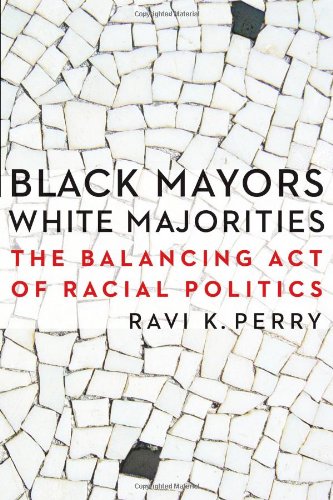

Most ebook files are in PDF format, so you can easily read them using various software such as Foxit Reader or directly on the Google Chrome browser.
Some ebook files are released by publishers in other formats such as .awz, .mobi, .epub, .fb2, etc. You may need to install specific software to read these formats on mobile/PC, such as Calibre.
Please read the tutorial at this link: https://ebookbell.com/faq
We offer FREE conversion to the popular formats you request; however, this may take some time. Therefore, right after payment, please email us, and we will try to provide the service as quickly as possible.
For some exceptional file formats or broken links (if any), please refrain from opening any disputes. Instead, email us first, and we will try to assist within a maximum of 6 hours.
EbookBell Team

4.0
46 reviewsRecent years have seen an increase in the number of African Americans elected to political office in cities where the majority of their constituents are not black. In the past, the leadership of black politicians was characterized as either “deracialized” or “racialized”—that is, as either focusing on politics that transcend race or as making black issues central to their agenda. Today many African American politicians elected to offices in non-majority-black cities are adopting a strategy that universalizes black interests as intrinsically relevant to the needs of their entire constituency.
In Black Mayors, White Majorities Ravi K. Perry explores the conditions in which black mayors of majority-white cities are able to represent black interests and whether blacks’ historically high expectations for black mayors are being realized. Perry uses Toledo and Dayton, Ohio, as case studies, and his analysis draws on interviews with mayors and other city officials, business leaders, and heads of civic organizations, in addition to official city and campaign documents and newspapers. Perry also analyzes mayoral speeches, the 2001 ward-level election results, and city demographics. Black Mayors, White Majorities encourages readers to think beyond the black-white dyad and instead to envision policies that can serve constituencies with the greatest needs as well as the general public.